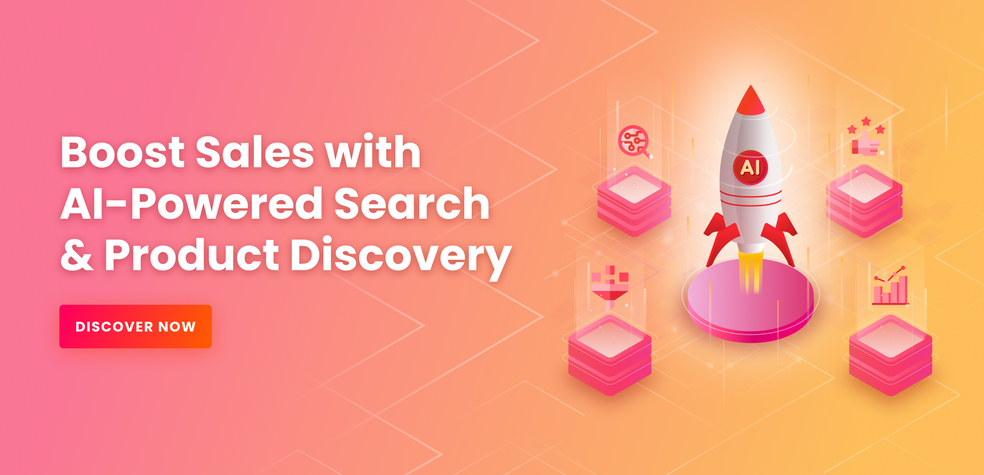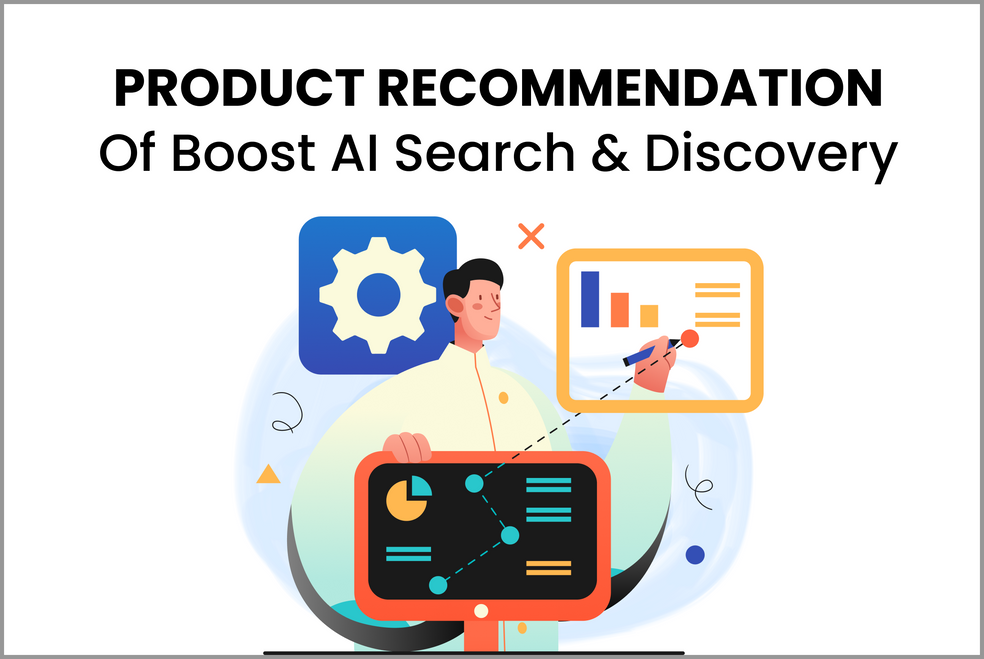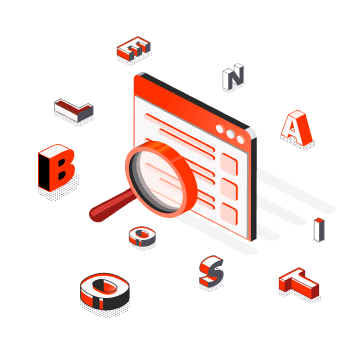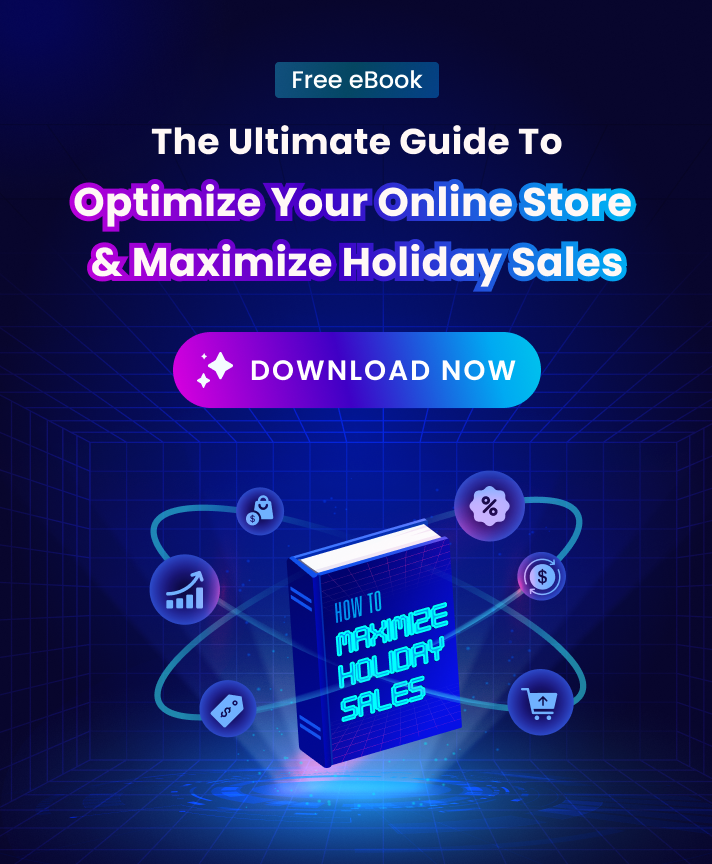What is Frictionless Checkout?
The term “frictionless checkout” describes online and physical checkout procedures where the obstacles to purchasing have been reduced to a minimum. Simply put, they simplify the buying and selling processes for both parties, lowering churn and cart abandonment rates while raising revenues and enhancing consumer satisfaction.
A checkout procedure must meet at least some, if not all, of the following requirements to qualify as frictionless:
- It eliminates or minimizes the amount of time spent waiting.
- It enables a quicker checkout.
- It streamlines the checkout process and seems natural to the customer experience.
- It eases mental load on the client (e.g. by reducing the number of PIN codes to remember)
Frictionless checkout are most frequently used in mobile and digital wallets, contactless card transactions, auto-renewing subscriptions, device-initiated payments, invisible payments, contextual online payments, in-app payments, and one-click transactions.
Why is Frictionless Checkout important?
There’s no denying that frictionless checkout significantly minimize the amount of friction shoppers encounter during the checkout process, but the strategy also offers the seller a number of advantages. Let’s briefly go through the key reasons why customers are calling for less cumbersome checkout and why the majority of businesses seem eager to comply.
Advantages for the buyer
- More time for other things
Frictionless payments save customers time by eliminating the need for them to wait for their turn in line, or navigate through numerous online checkout windows. You can effectively give customers control over how long the shopping experience will last by allowing them to scan their own groceries in-store or to securely keep their credit card information for future transactions. - Reduce mental effort
Truth be told, Nobody particularly like having to pay; it’s just that awkward step that keeps the consumer from the item they’ve chosen to purchase. And while paying may never be enjoyable (yep, we said it), frictionless and especially invisible payments at least reduce the process’s visibility. And far less painful. You can increase your customers’ likelihood of promoting your services and returning for more in the future by lowering their cognitive load. - More flexibility and freedom
Today, utmost ease is what distinguishes a great client experience from a mediocre one. There are plenty of payment options now thanks to the development of mobile and digital wallets, RFID-enabled contactless cards, and subscription billing.
Advantages for the seller
- Fewer shopping carts left unattended
Up to 75.6% of shoppers exit their online shopping carts without making a purchase, according to SaleCycle. In plain mathematical terms, that’s a lot of money to throw away. You may increase the number of satisfied consumers by reducing the number of interrupted purchase processes with a smooth checkout procedure. - Greater effectiveness at checkout
Frictionless payments made in-store cut down on the amount of time your staff must devote to a single consumer. Just note how quickly Apple Pay allows you to pay for your groceries compared to the time it takes to swipe and enter your credit card PIN. As a result, your team can serve a greater number of clients in less time, boosting productivity and lowering checkout costs. In their ideal state, frictionless checkout can do away with the requirement for customer service at the register. Over time, you’ll save a lot of money by creating an invisible payment system or letting your clients check out independently. - Increased customer satisfaction and more repeat purchases
In an industry where many of your competitors’ payment processes are still cumbersome and time-consuming, frictionless checkout procedures can become a real competitive advantage. Your clients are considerably more likely to choose your company over a competition if you provide them with a seamless checkout procedure that supports their preferred payment option.
Examples of Frictionless Checkout Usecases
Restaurants & cafés
Brendan Miller, Principal Analyst at Forrester, claims that 20% of peak transactions in the company’s top locations were made through its Mobile Order and Pay program in August 2017. In essence, consumers can place and pay for their orders via the mobile application before going to the café, and then just pick up their orders without having to wait in line. It should be easy, convenient, and frictionless to buy.
A similar argument was made more recently with the Wagamamago app from the well-known UK restaurant company Wagamama. Customers can pay with the smartphone application, doing away with the need to wait for a waiter or waitress to bring the check. The fact that the app would instantly bill a customer’s account also transforms the idea of “dine and dash” into something that is entirely acceptable.
Offline retail & groceries
Customers can skip the checkout line by scanning barcodes on their own and making payments within the Sam’s Club Scan and Go app rather than in-store. While not quite invisible, some customers nevertheless favor this strategy over Amazon’s cutting-edge alternative.
WeChat has paved the path for frictionless payments with QR codes in China by enabling users to order and pay for cabs, reserve and pay for city bikes, and make in-store purchases all through a single mobile app.
Best practices to implement Frictionless Checkout
1. Make the checkout process mobile-friendly
It is an easy and economical approach to create a seamless checkout for your online store. It eliminates the need for lengthy forms and password input by allowing users to check out with only a few taps. Making it simple for customers to finish their purchases after beginning the checkout process will also lower abandonment rates.
2. Enhance Technical Efficiency
Small code changes are required, but the end result will make things easier for customers. Additionally, it would enhance the entire user experience. You should constantly be looking for new ways to make your visitors’ checkout process as seamless as possible. This will enable you to improve conversion rates and attract more clients.
3. Establish a quicker checkout.
You must make sure that your clients can swiftly and easily find their orders. It would be more difficult for customers to finish the checkout procedure if they had problems navigating the website and finding the desired products.
Make sure your consumers’ checkout process is as simple and streamlined as feasible. If there are too many steps, clients could become impatient and abandon their cart.
4. Rely on what clients already believe in
When it comes to internet buying, people have quite strong views about their purchases. They desire speedy and secure product delivery. In addition, they want each item to be described accurately and delivered in good condition. They would rather skip all of that than have to go through more than one step of the procedure.
5. Keep an eye on analytics to improve conversion
The user experience of your e-commerce can be greatly enhanced by keeping track of your analytics. The information can be used to determine what aspects of client interaction with your website are effective and ineffective. It can also be used to make adjustments that will enhance the functionality of the website as a whole.
Make an effort to select an analytics platform with integrated features for examining important data like conversion rates and bounce rates. You may use this to pinpoint the areas on your website where users are encountering problems.
6. An organized checkout
Your consumers will identify, select, and buy the products they desire on your website with the help of Clutter-Free Checkout. Even if the consumer needs to scroll down or complete another activity first, make sure they can see their order as soon as possible. By giving customers multiple options at once, wait times can be reduced. Instead of showing one product every page, all available products should be displayed in one large image. Additionally, you can use a short signup procedure to quickly establish new accounts. Make an effort to establish a responsive design that functions on all platforms, including smartphones and tablets.
7. Provide the Proper Forms of Payment
If your checkout procedure requires consumers to fill out forms, many of them are likely to abandon the transaction. You must incorporate some form of confirmation method to solve this problem. The users can then submit their data knowing that they are making an informed choice. This might just entail a notification that reads, “This is not final” or “Please enter your payment information.”
By employing the same payment mechanism across all platforms, friction can be decreased further. People will be more likely to use PayPal, for instance, if there are no additional steps needed to utilize it.
















